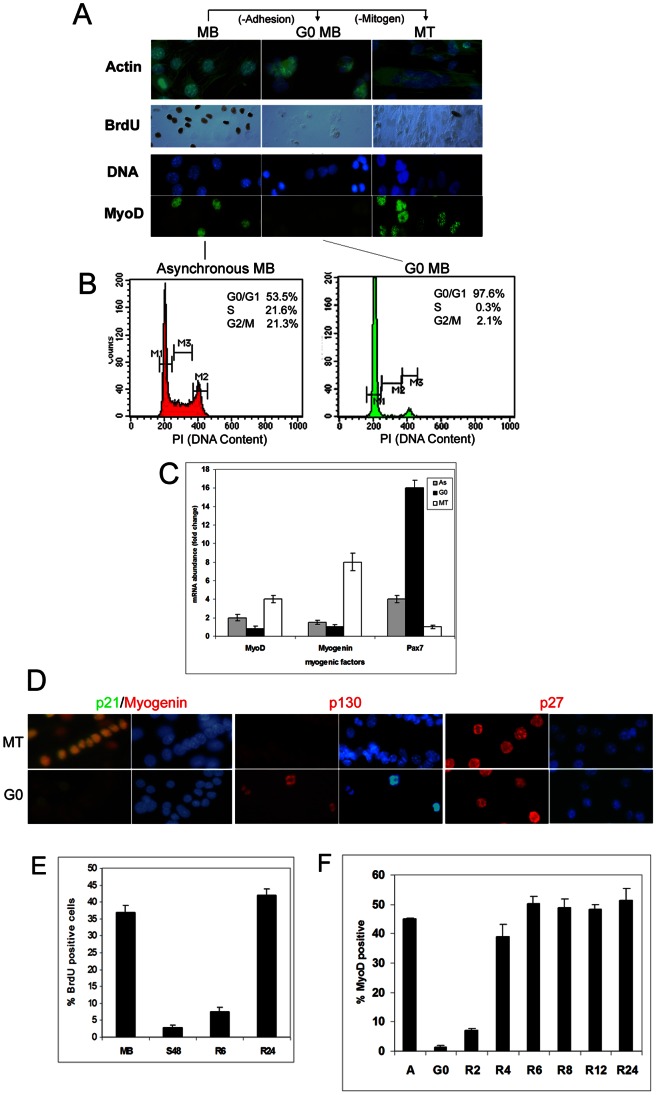Figure 1. C2C12 myoblasts enter alternate states of arrest.
(A) Asynchronous proliferating myoblasts (MB) were held in suspension in mitogen-rich media to induce quiescence (arrest in an undifferentiated mono-nucleated state; G0 MB), or shifted to mitogen-poor medium for 96 hrs to induce differentiation (arrest coupled with fusion into multinucleated myotubes; MT). Actin staining (Oregon Green-Phalloidin, top panel) reveals the distinct morphology of these 3 states. Nuclei are detected with Hoechst 33352. DNA synthesis was analyzed by detection of BrdU incorporated in a 15-minute pulse (middle panel)- ∼40% of cycling MB are labeled, while less than 1% of G0 MB synthesize DNA. In differentiated cultures (MT), only residual mono-nucleated cycling cells (5–10%) incorporate label whereas myotube nuclei do not. Expression of determination factor MyoD can be detected in ∼50% of proliferating MB, is lost in G0 but sustained in MT (lower panel). (B) FACS analysis of DNA content of cycling (Asynchronous MB) and 48-hr suspension-cultured populations confirms that >97% of cells in suspension (G0 MB) possess a 2C DNA content while >40% of cells in an asynchronous culture have replicated their genomes (representative graphs from 4 independent experiments). (C) Muscle transcription factor expression distinguishes alternate states of arrest. Q-RT-PCR analysis of specification/survival factor Pax7, determination factor MyoD, and early differentiation marker Myogenin (MyoG) in asynchronous proliferating myoblasts (As), suspension-arrested MB (G0) and differentiated MT (MT). Values represent normalized fold differences between GAPDH (control) mRNA and myogenic mRNAs in each sample (n = 3). (D) Cell cycle inhibitor expression distinguishes alternate states of arrest-G0 MB and MT express different combinations of cyclin-dependent kinase inhibitors p21/p27 and Rb-related p130. Immuno-detection of p21, p130 or p27 in MT and G0; p21 (green) co-localizes with MyoG (red) in all nuclei of differentiated MT but neither factor is expressed in G0; p130 is specific to G0 and p27 is expressed in both G0 and MT. Data depicted is representative of three independent experiments. (E) G0 arrest is reversible. DNA synthesis in asynchronous MB (Mb), 48-hour suspension cultures (G0) and G0 MB replated for 6 or 24 hours (R6, R24). BrdU detected as in Fig. 1A. Values represent mean+SEM (n = 3). (F) MyoD expression is suppressed in G0 and restored during early reactivation. Asynchronous cultures (A) were arrested in G0 (48 hrs) and reactivated by replating for 2 to 24 hrs (R2–R24). MyoD expression detected as in Fig. 1A. Values represent mean+SEM (n = 3).

